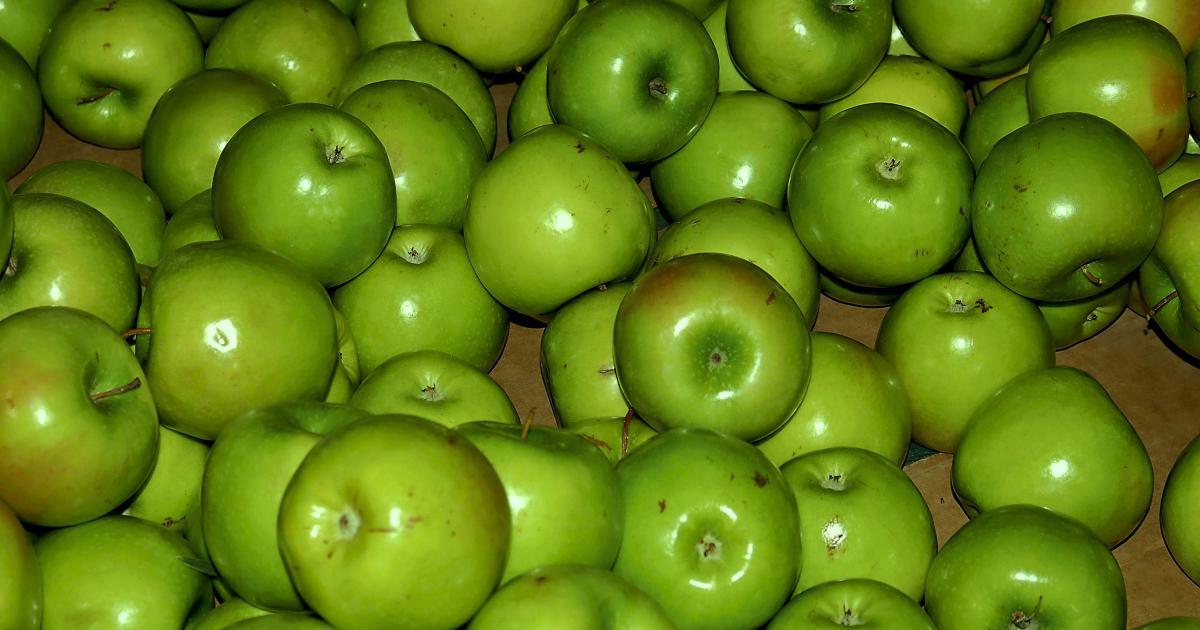Tackling Crawlability Challenges in Single-Page Applications


Introduction: The Rise of Single-Page Applications
In the ever-evolving landscape of web development, single-page applications (SPAs) have emerged as a dominant architectural pattern. Driven by the increasing demand for more responsive, dynamic, and engaging user experiences, SPAs have revolutionized the way we build and interact with web applications. Unlike traditional multi-page websites, SPAs load a single HTML page and dynamically update it as the user interacts with the application, reducing page refreshes and providing a seamless, app-like experience.
However, this architectural shift has also introduced new challenges when it comes to search engine crawlability and indexability. Search engines, which play a crucial role in driving organic traffic, have traditionally been optimized for crawling and indexing traditional multi-page websites. The dynamic and client-side-rendered nature of SPAs can pose obstacles for these search engine crawlers, potentially hindering the discoverability and visibility of your web content.

In this comprehensive article, we'll delve into the core challenges associated with crawlability in single-page applications and explore effective strategies to tackle them. We'll cover topics such as server-side rendering, client-side rendering, and the use of meta tags and structured data to enhance search engine optimization (SEO) for SPAs. By the end of this article, you'll have a better understanding of how to optimize your single-page application for improved crawlability and visibility in search engine results.
Understanding the Crawlability Challenge in SPAs
Crawlability, in the context of web development, refers to the ability of search engine bots to effectively navigate, access, and index the content of a website. Traditional multi-page websites, with their static HTML pages and clear navigation structures, have been relatively straightforward for search engines to crawl and index.
However, the dynamic nature of single-page applications poses unique challenges for search engine crawlers. In a traditional multi-page website, each page has its own URL, making it easier for search engines to discover and index the content. In contrast, SPAs typically load a single HTML page and dynamically update the content based on user interactions, often without triggering a full page refresh.

This client-side rendering approach can create issues for search engines, as they may struggle to fully understand and index the content of the application. Search engines rely on crawling the HTML structure of a website to discover and index its content. In an SPA, the initial HTML page may contain only a minimal structure, with the majority of the content being dynamically loaded and rendered through JavaScript.
Additionally, SPAs often utilize URL fragments (e.g., #/about) or push state APIs to update the URL without triggering a full page reload. This can further confuse search engine crawlers, as they may not be able to properly navigate and index the content associated with these dynamic URLs.
Addressing Crawlability Challenges: Server-Side Rendering
One of the primary strategies for improving crawlability in single-page applications is to implement server-side rendering (SSR). In an SSR approach, the initial HTML structure of the application is generated on the server-side, providing search engine crawlers with a fully rendered and indexable version of the content.

Here's how server-side rendering can address the crawlability challenges in SPAs:
1. Generating Fully Rendered HTML
When a user first visits your SPA, the server generates a fully rendered HTML page, including the initial content and structure of the application. This allows search engine crawlers to access and index the content just like they would for a traditional multi-page website.
2. Enhancing Discoverability
By providing search engines with a fully rendered HTML version of the application, you make it easier for them to discover and index the content. This improves the overall discoverability of your web pages, leading to better visibility in search engine results.
3. Preserving URL Structure
With server-side rendering, you can maintain a traditional URL structure for your SPA, making it more straightforward for search engines to understand and crawl the content associated with each page.
4. Handling Dynamic Content
Even though the initial page load is server-rendered, your SPA can still leverage client-side rendering for dynamic content updates, providing a seamless user experience while maintaining good crawlability.

Implementing server-side rendering in your single-page application can be a complex task, as it often requires integrating a server-side rendering solution, such as Next.js, Nuxt.js, or Universal React, with your existing SPA framework (e.g., React, Angular, or Vue.js). These solutions provide the necessary tools and infrastructure to enable server-side rendering, ensuring a smooth and efficient crawling experience for search engines.
Optimizing Crawlability with Client-Side Rendering
In some cases, implementing a full server-side rendering solution may not be feasible or practical for your single-page application. In such scenarios, you can employ various client-side optimization techniques to improve crawlability and enhance the visibility of your SPA in search engine results.
1. Leveraging Meta Tags
Meta tags are an essential part of any website's SEO strategy, and they play a crucial role in providing search engines with valuable information about your web pages. In the context of single-page applications, meta tags can help search engines better understand the content and structure of your SPA.
Some key meta tags to consider include:
-
<title>: Provide a concise and descriptive title for your SPA. -
<meta name="description">: Include a compelling and informative description of your SPA's content. -
<meta name="keywords">: List relevant keywords that describe the main topics and content of your SPA. -
<meta name="robots">: Specify instructions for search engine crawlers, such as whether to index or follow the page.

2. Implementing Structured Data
Structured data, also known as schema markup, is a way to provide search engines with additional information about the content and context of your web pages. By incorporating structured data into your SPA, you can help search engines better understand the meaning and relationships within your content, leading to enhanced visibility and rich search engine results.
Some common types of structured data to consider for SPAs include:
-
<script type="application/ld+json">: Use JSON-LD to provide structured data about your SPA, such as organization, product, or article information. -
<meta property="og:*">: Utilize Open Graph meta tags to define how your SPA's content should be displayed when shared on social media platforms.
3. Dynamic Rendering Techniques
While server-side rendering is a powerful approach, it may not always be feasible or necessary for your SPA. In such cases, you can explore dynamic rendering techniques to improve crawlability on the client-side.
One such technique is "pre-rendering," where you generate static HTML pages for key pages of your SPA during the build process. This allows search engines to access and index the content more effectively, as they can crawl the pre-rendered pages just like traditional multi-page websites.
Another dynamic rendering technique is "on-demand rendering," where you render specific pages or components of your SPA on the server-side only when they are requested by search engine crawlers. This can help you strike a balance between providing a seamless client-side experience and ensuring good crawlability.

By leveraging these client-side optimization techniques, you can enhance the crawlability of your single-page application and improve its visibility in search engine results, even without implementing a full server-side rendering solution.
Monitoring and Troubleshooting Crawlability Issues
Maintaining good crawlability in a single-page application is an ongoing process that requires continuous monitoring and troubleshooting. Here are some key steps you can take to ensure your SPA remains easily accessible and indexable for search engines:
1. Utilize Google Search Console
Google Search Console is a powerful tool provided by Google that allows you to monitor and troubleshoot various aspects of your website's search performance, including crawlability issues. By using Google Search Console, you can:
- Identify any indexing or crawling errors related to your SPA.
- Analyze the coverage and performance of your web pages in search results.
- Submit sitemaps and request re-crawls of your SPA content.

2. Analyze Crawl Logs and Reports
In addition to Google Search Console, you can also analyze your server's crawl logs and reports to gain deeper insights into how search engine bots are interacting with your SPA. This can help you identify any specific issues or bottlenecks that may be hindering the crawlability of your application.
3. Conduct Regular Audits
Periodically perform comprehensive audits of your single-page application to ensure that your crawlability optimization efforts are still effective. This may involve:
- Reviewing the implementation of server-side rendering, meta tags, and structured data.
- Checking for any changes or updates to your SPA that may impact crawlability.
- Identifying new opportunities for improving the discoverability and indexability of your content.
4. Stay Informed on Search Engine Updates
Search engine algorithms and crawling practices are constantly evolving. Stay up-to-date with the latest developments and best practices to ensure your SPA's crawlability remains aligned with the expectations of search engines.
By proactively monitoring, troubleshooting, and adapting your crawlability optimization strategies, you can ensure that your single-page application maintains a strong presence in search engine results, driving more organic traffic and improving the overall visibility of your web content.

Conclusion: Embracing Crawlability in the SPA Era
As the web development landscape continues to evolve, single-page applications have emerged as a dominant architectural pattern, offering numerous benefits in terms of user experience and application performance. However, the unique challenges posed by SPAs when it comes to crawlability and indexability must be addressed to ensure your web content remains easily discoverable and accessible to search engines.
In this comprehensive article, we've explored the key crawlability challenges associated with single-page applications and examined effective strategies to tackle them. From leveraging server-side rendering to optimizing client-side techniques, we've provided a roadmap for enhancing the crawlability and visibility of your SPA in search engine results.
By implementing the best practices and recommendations outlined in this article, you can create single-page applications that seamlessly combine the benefits of a dynamic, client-side user experience with the crawlability and indexability required for strong search engine performance. As you continue to develop and optimize your SPA, remember to stay vigilant, monitor your progress, and adapt your strategies to the ever-changing landscape of search engine optimization.